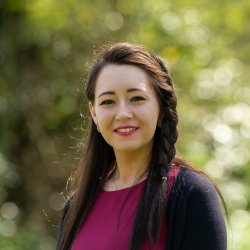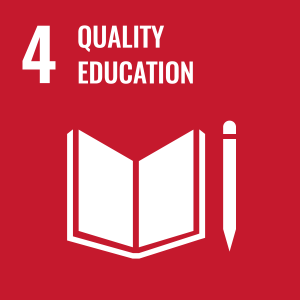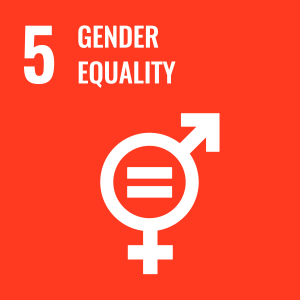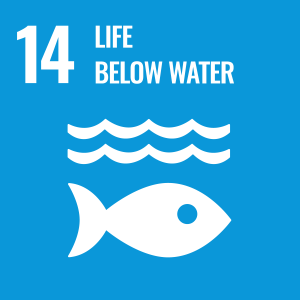
Dr Amy Louise Morgan
Academic and research departments
Literature and Languages, School of Arts, Humanities and Creative Industries, Faculty of Arts, Business and Social Sciences.About
Biography
I began working as a Lecturer in Medieval Literature at the University of Surrey in October 2017, after completing my PhD at the University of Surrey earlier in the year. My doctoral studentship, awarded by the University of Surrey, supported my research on queer time and space in medieval romance and the lays. In this study I analysed Bisclavret, Lanval, Sir Orfeo, Sir Gawain and the Green Knight, and The Wife of Bath's Prologue and Tale.
I specialise in medieval literature, queer theory, and gender theory with a particular focus on queer time, space, and identity. My publications include an article on queerness in Sir Orfeo, an article on Marie de France, alienation and Lanval, and a book chapter on orchards as queer loci in Lanval and Sir Orfeo. I am currently writing a monograph on queer time and space in medieval romance. In addition, I am working on a new project which examines female space as queer space in Sir Thomas Malory's Le Morte Darthur.
Areas of specialism
University roles and responsibilities
- Admissions Tutor for Literature
Affiliations and memberships
ResearchResearch interests
My research interests include:
- Medieval Literature
- Queer Theory
- Queer Time
- Queer Space
- Medieval Women
- Medieval Culture
- Arthurian Literature
- Ecocriticism
- Monsters and the Supernatural
Research projects
With Diane Watt and Sarah Wingrove, this project and map identifies locations across England linked to the lives of medieval women writers and to medieval women who played a key role in literary history. Funded by an Arts & Humanities IAA award, the map brings the women’s stories to light in research-driven entries written by experts in the field, photographs, and podcasts. The map aims to raise the profile of these medieval women and to enable a fuller cultural understanding of these writers within their localities.
Research interests
My research interests include:
- Medieval Literature
- Queer Theory
- Queer Time
- Queer Space
- Medieval Women
- Medieval Culture
- Arthurian Literature
- Ecocriticism
- Monsters and the Supernatural
Research projects
Supervision
Postgraduate research supervision
Primary Supervisor
Meg Roper (2024-) 'Queering the Witch: Perceptions of Disney's Animated Witches Over Time' (Primary supervisor with Robyn Muir)
Co-Supervisor
Bonnie Grahame-Betts (part-time, 2019-): 'Blurring the Boundaries: Nuns, Women and Writers'. AHRC/TECHNE funded (Co-supervisor with Diane Watt and Patricia Phillippy (Kingston))
Tom McLaughlin (2022-) 'In Rooms of Falling Rain: Queer Domestic Space and Poetic Form' (Co-supervisor with Angela Szczepaniak)
Completed postgraduate research projects I have supervised
Frances Hallam (2019-2024): 'An Oceanic Imaginary in Twenty-First Century Science Fiction' (Primary supervisor from 2021 with Stephen Mooney, Lena Mattheis, and Donna McCormack (Strathclyde))
Nejwa Al-Ghoraibi (2016-2021): 'Rewriting Arthurian Female Identity by Twentieth-Century Female Authors: Sampson, Hollick, and Miles' (Co-supervisor from 2019 with Marion Wynne Davies and Suzan Fakahani (KAU)).
Teaching
Undergraduate Teaching
- ELI1035 Literary Histories I
- ELI3051 The Age of Chivalry
- ELI3048 Children's Literature
Postgraduate Teaching
- ELIM041 The Age of Chivalry
- ELIM036 Children's Literature
Sustainable development goals
My research interests are related to the following:




Publications
In Becoming an Ally: Breaking the Cycle of Oppression in People, Anne Bishop outlines seven key steps to becoming an ally and argues that central to this process is the requirement to understand the ways in which we have been oppressed and in turn are oppressors.[1] More recently, while discussing the crucial facets of allyship, Mary Rambaran-Olm stresses that “allyship is a verb. Allyship is action. You must live it and allow being an ally to be part of who you are.”[2] It is this idea of allyship as an action that requires comprehension of our own position in intersecting power structures that is central to my understanding of how we can make our spaces of academia more accessible and inclusive. [1] Anne Bishop, Becoming an Ally: Breaking the Cycle of Oppression in People, third edition (FernwoodPublishing, 2015).[2] Mary Rambaran-Olm, “Weaponizing Medievalism: A Tool for Racism in and out of the Academy,”paper presented at the Medievalism & Misappropriation series, University of Waterloo,January 28, 2022, slide 9.
In his archaeological study of elite landscapes in the medieval period, Oliver H. Creighton (2009, 47) states that “[g]ardens were, in a sense, transformative, mediating domestic spaces – carefully managed points of interface between the household and the natural world beyond.” It is the transformative, hybrid and liminal space of the enclosed garden that I will examine in this essay. In particular, I will argue that in Marie de France’s Anglo-Norman/Old French, twelfth-century lay Lanval and the anonymous fourteenth-century Middle English Breton lay Sir Orfeo, the transformative nature of the orchard marks the space as inherently queer and creates the potential for transgressive acts and Otherworldly encounters. In Lanval, the setting of the orchard allows Marie de France to invert common conventions of medieval literature and gender politics to present an alternative gender dynamic between knight and lady. It is also the physical space in which the protagonist Lanval is directly accused of sodomy. In Sir Orfeo, the “ympe-tre” (Sir Orfeo, 70. All Middle English references are from Bliss 1966, and modern English translations from Tolkien 1975, with line numbers) in the orchard functions as a limen to the Otherworld and thus the orchard is presented as a permeable space which is open to the supernatural fairies.